Sweet Deal or Sweet Scam? How Honey is Allegedly Hurting Content Creators’ Commissions
By: Anneliese McInnis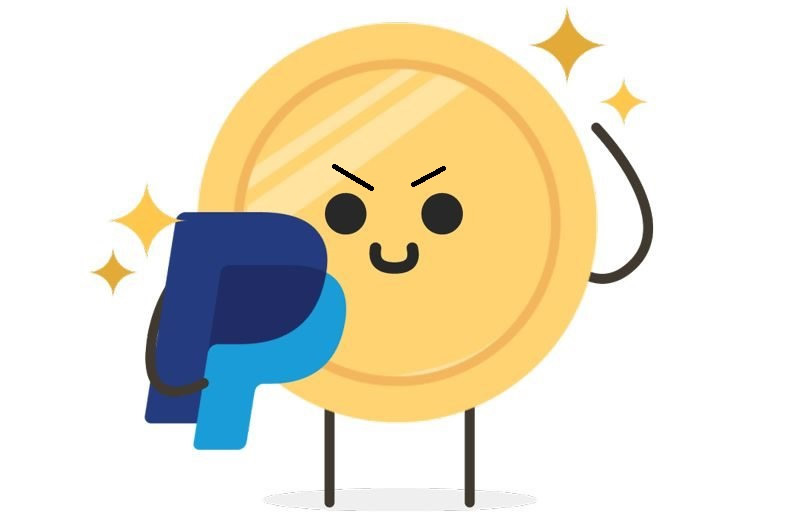
About 17 million consumers have downloaded Honey, PayPal’s free browser extension that finds the “best” deals and coupons to help you save money.[1] However, under Honey’s sweet facade lies an alleged commission-poaching scheme that has harmed content creators, influencers, and bloggers who earn revenue from online-shoppers using their affiliate links.[2]
Many content creators earn commission through product promotion and rely on affiliate marketing to generate revenue.[3] Affiliates earn commission by generating sales from consumers who use the affiliate’s assigned link.[4] Affiliates get credit for referring customers through tracking technology, which most people know as cookies.[5] “When a consumer clicks on an affiliate link, a cookie is placed in their browser. If that consumer makes a purchase, the affiliate responsible for the last-clicked link earns a commission.”[6] This model is called “last-click attribution.”[7]
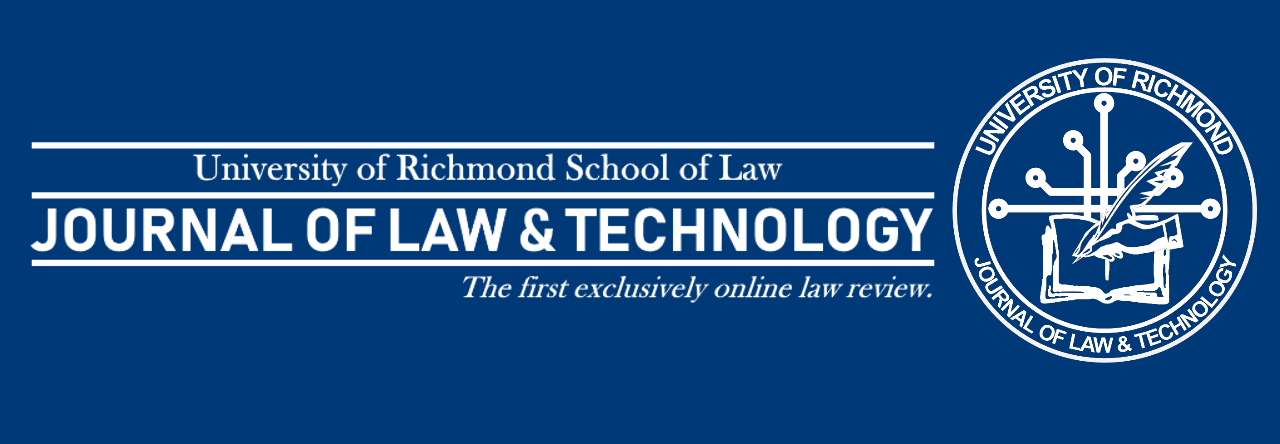



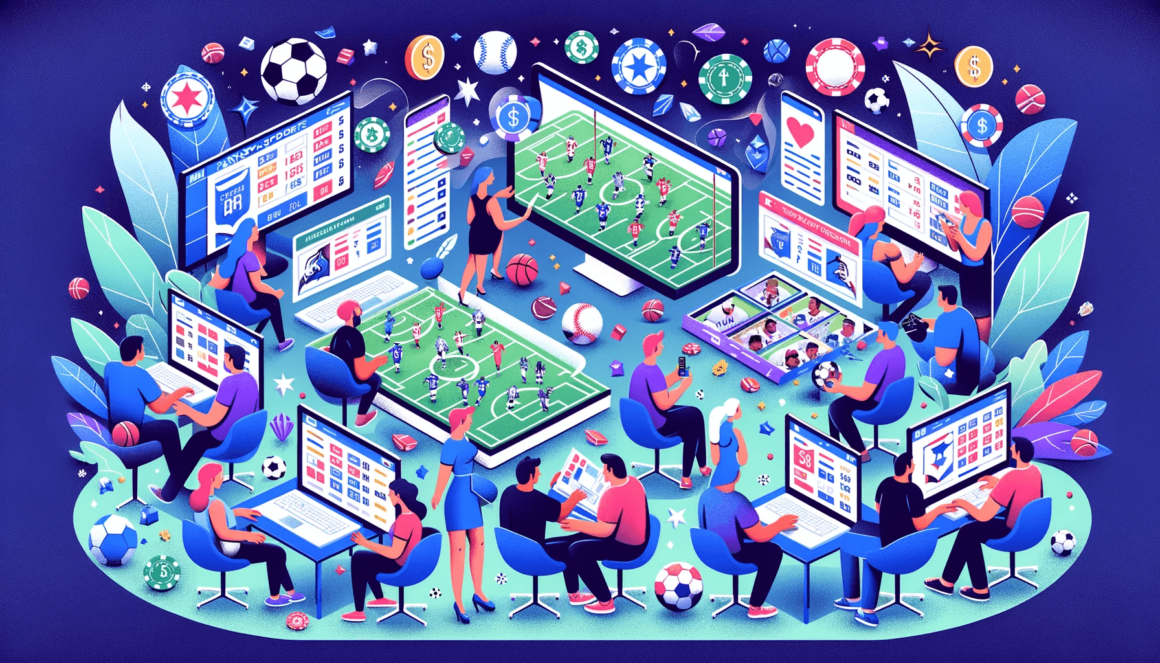


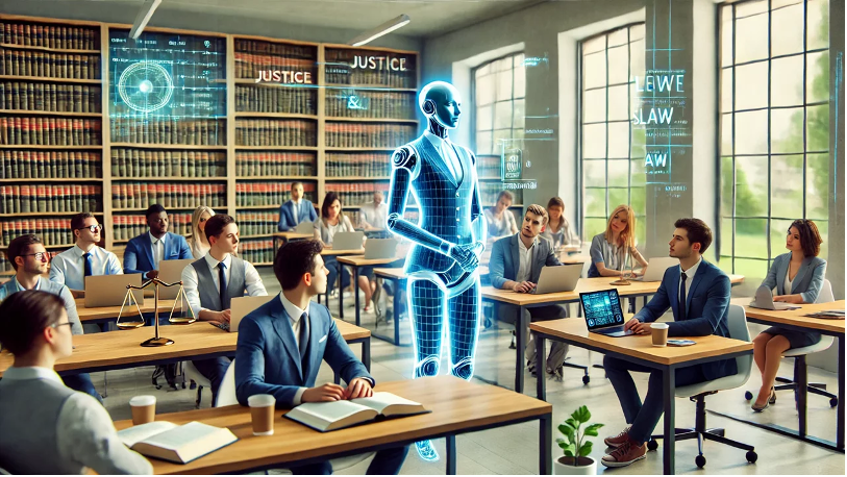

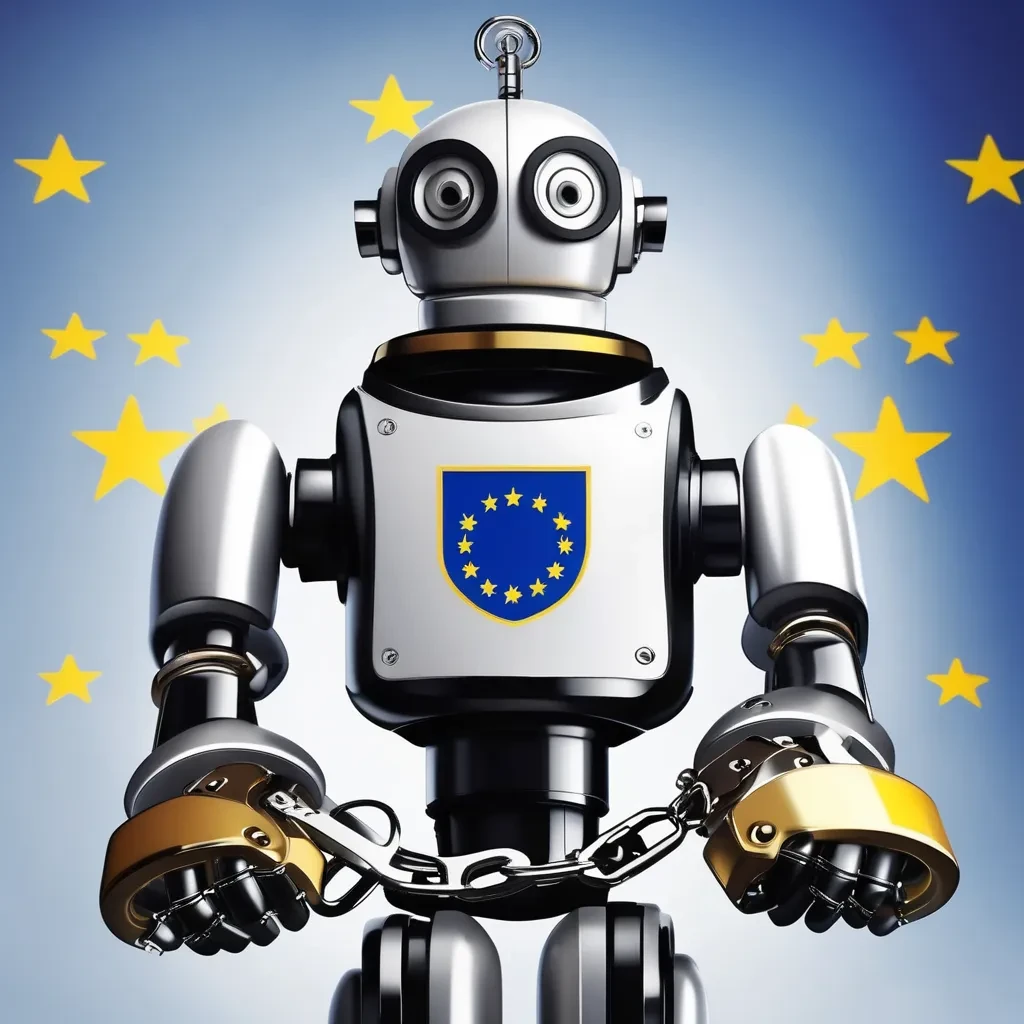 The EU AI Act: Pioneering Regulatory Framework for Artificial Intelligence
The EU AI Act: Pioneering Regulatory Framework for Artificial Intelligence